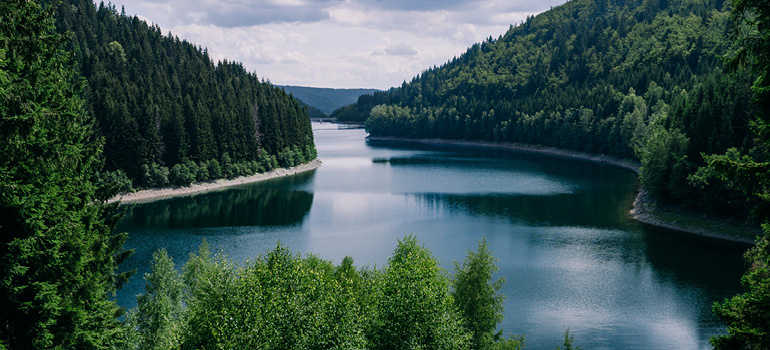A visit to Serengeti, Maasai Mara and Amboseli forest reserves is stuff that dreams are made of. It was a
dream that came true for our member Ms K. Roy Choudhury and her husband, Mr R. Roy Choudhury.
They had planned the trip meticulously and enjoyed it fabulously.
The land of the Maasai presents one of the most breathtaking natural vistas. The abundant wildlife and
endless plains in this world of the ancient Maasai, who travelled down from the Nile basin, make for
eternal memories. Mara means “spotted”. Sure enough, the landscape is dotted by innumerable short
bushy trees that so enthralled the Roy Choudhurys on their trip to East Africa.
There they primarily experienced the many splendors of the Serengeti, Maasai Mara and Amboseli
forest reserves. They had planned the trip well and did not need much help in terms of what to do and
where to visit once they landed in Nairobi, the capital of Kenya, from Mumbai.
It was the Serengeti National Park, in Tanzania, which mesmerized them along with the Amboseli
National Park, crowned, as they were, by the towering Mt Kilimanjaro, Africa’s Mesmerized by the
Maasai Travel Dairy highest mountain. Apart from the sheer vastness of the region, it was the action-
packed lives of its fascinating animals, which included the annual migration of the wildebeest, which
took their breath away.
For those unfamiliar with the creature, it is a gnu, an antelope, and belongs to the family Bovidae, which
includes antelopes, cattle, goats, sheep, and other even-toed horned ungulates. It looks like a thin,
muscular cow with a large, sloping back, curved horns and striped bodies. The fascination of Serengeti
increases manifold when more than two million wildebeest, zebras and gazelles move through the
Serengeti and Masai Mara ecosystems in search of green pastures, every year.
The Roy Choudhurys watched with bewilderment “the wildebeest, the most unusual of species, and
their migration from Tanzania’s Serengeti to the south of Kenya’s Masai Mara in search of lush grazing
grounds and life-giving water. Their virtually endless journey is dictated by the seasons and follows a
pattern. They all move in a line and a group”.
Interrupting this amazing sight was a shocker. A crocodile caught hold of a wildebeest’s leg and tried to
drag it away. However, the wildebeest managed to “flee with an injured leg”. Strangely, the other
members of the flock were not “bothered about the attack. They kept moving towards their
destination!”
Every aspect of the trip remains etched in the Roy Chowdhurys’ minds. The sturdy tourist vehicles took
the uneven terrain in their stride, crossing streams without a qualm. On the way back from the forest
tour, however, the waters from the higher reaches of the mountain, which had experienced a heavy
shower, had gushed down and the streams looked like hissing spurts of water threatening to wash away
the vehicles. The drivers stopped as the passengers cringed with fear.
Matters were resolved when the hotel sent a big bus to rescue its guests. “Everything was well managed
but that hour-long wait was quite frightening”.
Our members had planned a night halt at Amboseli en route to Maasai. It was yet another exciting night
with the hotel almost inside the forest. The guests were told that the wildlife often made nocturnal calls
and, if they did, the guests would have to stay calm and not make a noise. There was a focus light that
was switched on after sunset and a piece of flesh was kept near a stream of water to satisfy any
marauding animal. There was a tunnel through which the younger and more daring guests walked to
where the animals came. Ms Roy Choudhury chose the safety of distance, but did manage to spot the
cheetah coming to consume the meat.
On to the Masaai village the next morning. There they witnessed the interesting customs of the semi-
nomadic tribe that was coming to terms with modernism. Their children went to schools and even
colleges. Things were a-changing, albeit slowly, for the Masaai. “I was amazed to see cars parked outside
few of the houses and learnt that some of the children attended schools and colleges in nearby cities.
They wore normal clothes there but, back home for holidays, they wore their traditional costumes”.
The vernacular architecture is interesting too. The Maasais traditionally rely on readily available
materials like mud, sticks, grass, cow dung and cow’s urine. They use indigenous technology to construct
their unusual and interesting houses, built by the women mainly. The friendly Maasais, with distinct
traditions, customs and dress, heavy ornaments and their easy interaction with tourists, made for
indelible memories.
Categories
Masai Mara


